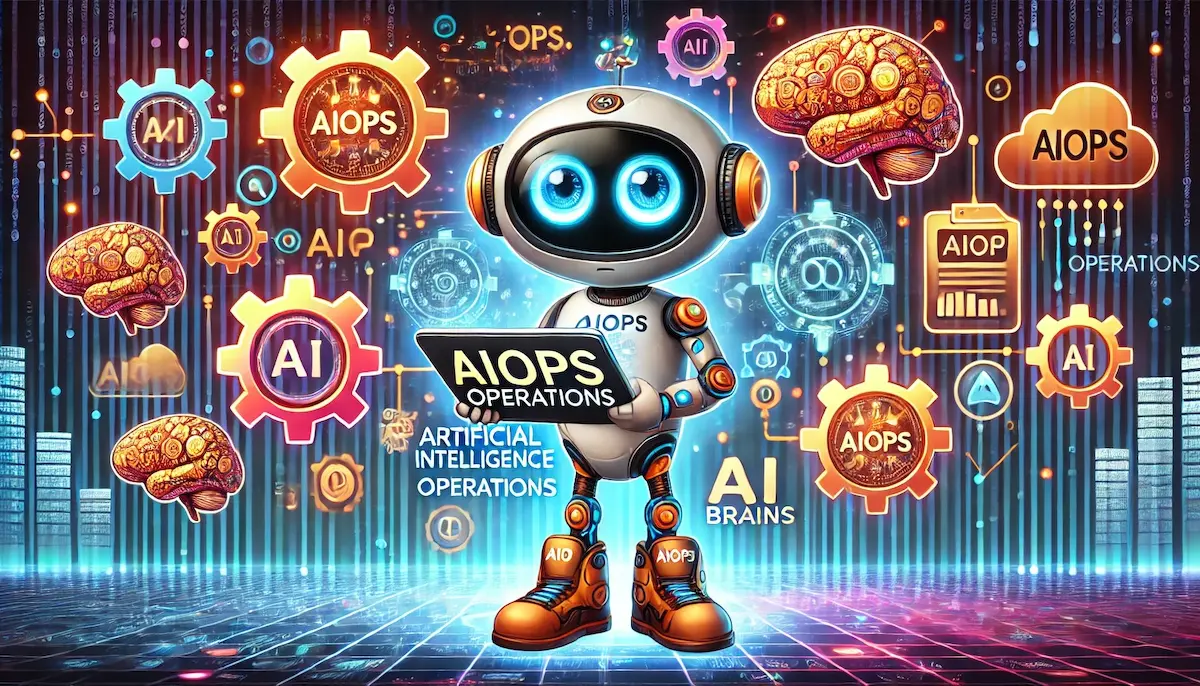In today’s fast-paced digital world, managing IT operations has become increasingly complex. Enter AIOps, or Artificial Intelligence for IT Operations, a cutting-edge approach that leverages artificial intelligence and machine learning to enhance and automate various aspects of IT operations. AIOps aims to improve efficiency, predict and prevent issues, and streamline processes, transforming how IT operations are managed.
What is AIOps?
AIOps is a practice that uses AI and machine learning to analyze large volumes of data generated by IT systems. It involves the collection, processing, and analysis of data from various sources such as logs, metrics, and events to identify patterns, predict potential issues, and automate responses. By integrating AI into IT operations, AIOps helps organizations manage their infrastructure more effectively and respond to incidents more swiftly.
Key Principles of AIOps
AIOps is built on several core principles:
- Automation: Automates routine tasks and responses to common issues, reducing the need for manual intervention and increasing efficiency.
- Data Integration: Collects and integrates data from multiple sources, providing a comprehensive view of the IT environment.
- Real-Time Processing: Analyzes data in real time to identify and address issues promptly, minimizing downtime and disruption.
- Predictive Analytics: Uses machine learning to predict potential problems before they occur, allowing for proactive maintenance and issue resolution.
- Continuous Improvement: Continuously learns from new data and past incidents to improve accuracy and effectiveness over time.
Benefits of AIOps
Implementing AIOps offers several advantages:
- Enhanced Efficiency: Automation reduces the workload on IT teams, allowing them to focus on more strategic initiatives and improving overall productivity.
- Improved Incident Management: Real-time monitoring and predictive analytics enable faster detection and resolution of issues, reducing downtime and enhancing system reliability.
- Cost Savings: By automating routine tasks and preventing major incidents, AIOps helps lower operational costs and avoid costly downtime.
- Better Decision Making: Data-driven insights provide IT teams with valuable information to make informed decisions and optimize their operations.
- Scalability: AIOps can scale with the growth of an organization, managing increasing volumes of data and complexity without compromising performance.
Implementing AIOps
To successfully implement AIOps, organizations should consider the following steps:
- Define Objectives: Clearly outline the goals and expected outcomes of adopting AIOps, such as improved efficiency, reduced downtime, or enhanced predictive capabilities.
- Choose the Right Tools: Select AI and machine learning tools that integrate well with your existing IT infrastructure and meet your specific needs.
- Integrate Data Sources: Ensure that data from all relevant sources, including logs, metrics, and events, is collected and integrated for comprehensive analysis.
- Implement Automation: Automate routine tasks and responses to common issues to free up IT resources and increase efficiency.
- Monitor and Iterate: Continuously monitor the performance of AIOps solutions, gather feedback, and make necessary adjustments to improve effectiveness.
Conclusion
AIOps represents a transformative approach to IT operations, leveraging the power of AI and machine learning to enhance efficiency, predict issues, and automate responses. By integrating AIOps into their operations, organizations can achieve greater reliability, reduce costs, and improve overall IT performance.
Blockfine thanks you for reading and hopes you found this article helpful.
